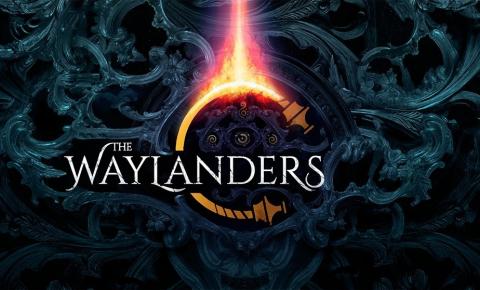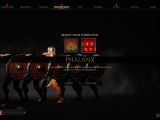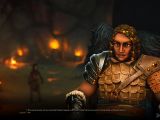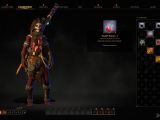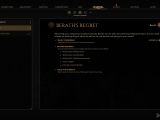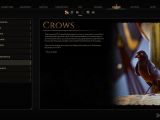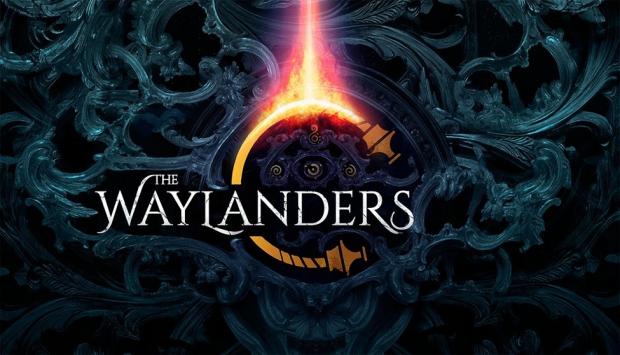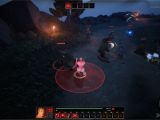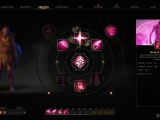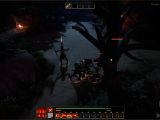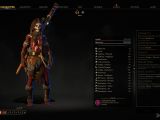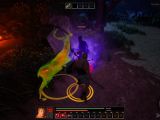Heraklion taunts to attract as many enemies as possible, clearing the area around my magic users. The Fomorian, Delba, uses his magic to steal the life force of an opponent, which means he does not need healing for a while. My own magic wielder drops a run to deal damage over time, hoping to take down some ranged opponents.
Amergian, a human healer, alternately tops up health and deals damage to enemies, while another warrior runs around dealing with enemies who are low on health. I might need 2 or 3 extra health and mana potions, but I’ll probably get through the fight with no casualties. The problem is that this is just the second encounter in this area, and I might run out of resources before I reach my goal.
The Waylanders is both created and published by Gato Studios. I played it on the PC via Steam. The game aims to capture some of the atmosphere of classic role-playing titles like Baldur’s Gate while delivering updated mechanics and a new setting.
Players will travel into a world based around Celtic myth. This is clearly visible in the character creation, which features semi-formians and werewolves. The narrative starts off with a battle between one of the old gods and Celtic leadership, which leaves the protagonist separate from the flow of time and the world twisted.
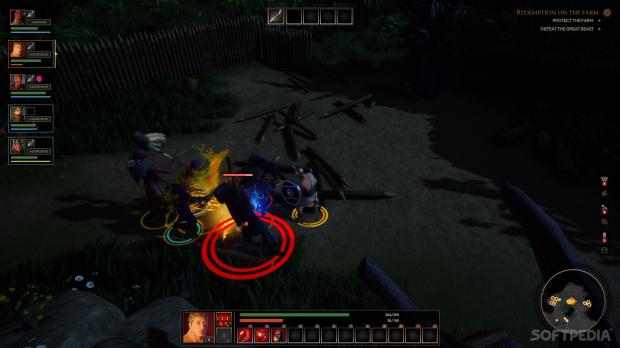
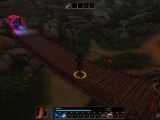
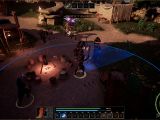
Gamers will need to explore two timeframes, one rooted in myths and another centered on Christian Gallicia. There’s a lot of writing on The Waylanders and it is mostly good, although characters often use terms in modern ways and break the immersion. There’s also quite a bit of gratuitous cursing.
In terms of mechanics, The Waylanders sticks pretty close to the classics. Combat is real-time but pausing is encouraged to deal with the tougher enemies or bosses. Gamers can queue up actions and then sit back and watch how their characters execute their orders, before pausing again to tweak based on changed battlefield circumstances. At first, pausing seems almost unnecessary, when the party has a small number of attacks or potions to use. Once each character has three of four abilities, it pays to take time to plan when and where each will be used.
Tactical pausing and planning are crucial because The Waylanders is hard. I failed four times to take down one big group of enemies before I dropped it too easy from the Options menu (a seemingly separate difficulty setting is chosen when the campaign starts). And even then, careful use of healing and potions is required for most encounters.
A major part of combat involves formations, the first of which is unlocked at level three. It allows three characters to join forces and gain new abilities. I used the Golem and the Phalanx a lot, mostly to reduce damage to my character as much as possible and to heal them up.
The Waylanders also features the other staples of the genre. Character gain points they can invest in their characteristics when they level up and there are new skills to master. Companion quests allow the player to find out more about the unique characters he works with. Exploration unlocks new lore entries.
The core ideas will appeal to anyone who loves the titles that inspired The Waylanders, including Baldur’s Gate or Dragon Age: Origins. But the execution is nowhere as good, especially when it comes to combat. I also like the Celtic inspiration for the narrative, but I feel that most characters have little depth, even after engaging with their special quest.
The Waylanders’ presentation is what one would expect given its Kickstarter funding. There are some impressive landscapes and some cool character designs for the companions and enemy bosses. But there are also parts of the universe that have had less attention lavished on them. And the camera tends to move in pretty weird ways, especially when the player character is exploring the environment or switching enemies in combat. The voice acting mostly works (I love the actor playing Hercules manages to imbue him with a weird sort of personality) but the rest of the sound design, especially the soundtrack, does not impress.
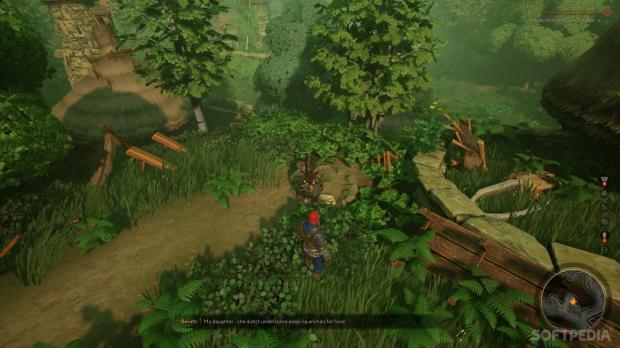
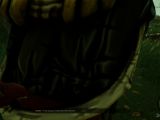
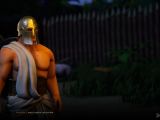
The Good
- Celtic inspiration
- Two time-frames
- Formations concept
The Bad
- Limited companion appeal
- Difficulty spikes
- Camera problems
- Lots of bugs
Conclusion
Unfortunately, engaging with the game world and its mechanics is not fun enough. Most combat encounters feel interchangeable, companions do not have much personality, there’s a lot of walking around. Working the camera never feels good, especially in tight quarters during battles. The Waylanders also needs major tweaks to its difficulty if it wants to attract more than a very niche audience.
Review code provided by the publisher.
 14 DAY TRIAL //
14 DAY TRIAL // 